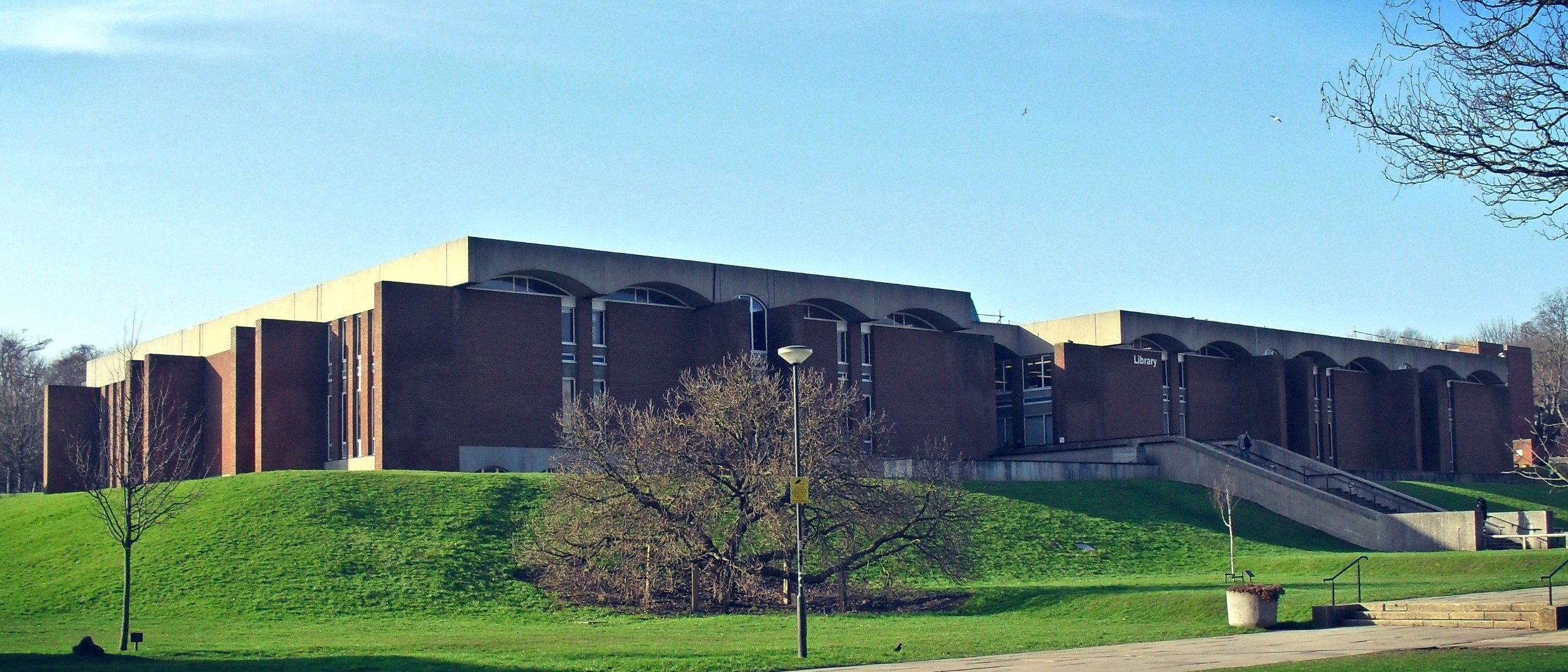My first “released” (algorithmically generated) composition is a micro piano trio in a serialist style.
It all started when I borrowed the book Simple Composition by Charles Wuorinen from the Sussex University library (I was studying Computer Science & Artificial Intelligence at the time, some years ago).

More recently I tracked down a copy so that I could have a go at writing twelve-tone music. This book explains the basics of composing in the twelve tone technique created by Arnold Schoenberg. Some days ago I started playing around with the concepts from that book in Overtone. It was a lot of fun.
I might be playing with @overtone possibly #clojure pic.twitter.com/8KRPc2qmpr
— Will Roe 🚗⚛️🏭🏍️ (@wjlroe) March 11, 2015
If you’re not familiar with twelve-tone composition or serialism in music, you could do a lot worse than to watch this awesome video by ViHart:
The code
I used a library called Leipzig written by Chris Ford to build up the composition from an initial tone row (a set of 12 integers), via several functional transformations of the tone row and into 3 instrumental parts: piano, violin and cello.
Since this piece uses a randomly-generated tone row and randomly-generated sequence of both note duration and playing style (vibrato, non-vibrato or pizzicato), it’s not actually reproducible from the code. The code is useful mainly for encoding the basic form of the piece and the parameters of the work (such as instruments, length of the piece, which elements are random and which aren’t etc.).
In future I will work out some way to capture the notes being
generated. The simplest way to do this would be to save all the
structures produced by the piano-trio function into an EDN file,
which could be trivially played back at a later date. Transformation
of that data into traditional musical notation wouldn’t be too tricky
either.
The structure of this piece consists of 3 instrumental parts played in
parallel. The main function is
piano-trio
and is inline below:
(defn piano-trio
[bpm tone-row]
(in-tempo
bpm
(with
(->> (total-serial tone-row)
(play-on :cello)
(serial-style :cello))
(->> (total-serial tone-row)
(play-on :violin)
(serial-style :violin))
(->> (total-serial tone-row)
(play-on :piano)
(serial-style :piano)))))
The most interesting aspect as it relates to musical transformation is the definition of retrograde, inversion and retrograde-inversion:
(defn retrograde
[row]
(reverse row))
(defn inversion
[row]
(map - row))
(def retrograde-inversion
(comp retrograde inversion))
It was for this reason - the applicability of pure functions and functional composition - that I felt overtone and Clojure were such a good fit for writing serialist music. It’s even more applicable to 12-tone composition than tonal (diatonic) music since the rules are so much more mechanistic.
The recording
I had a lot of fun exploring serialism through Overtone and the Leipzig library. I was inspired to release this little track and to spend more time on code like this when I watched a great talk called Make Art, Not Apps by @ThisIsJohnBrown.